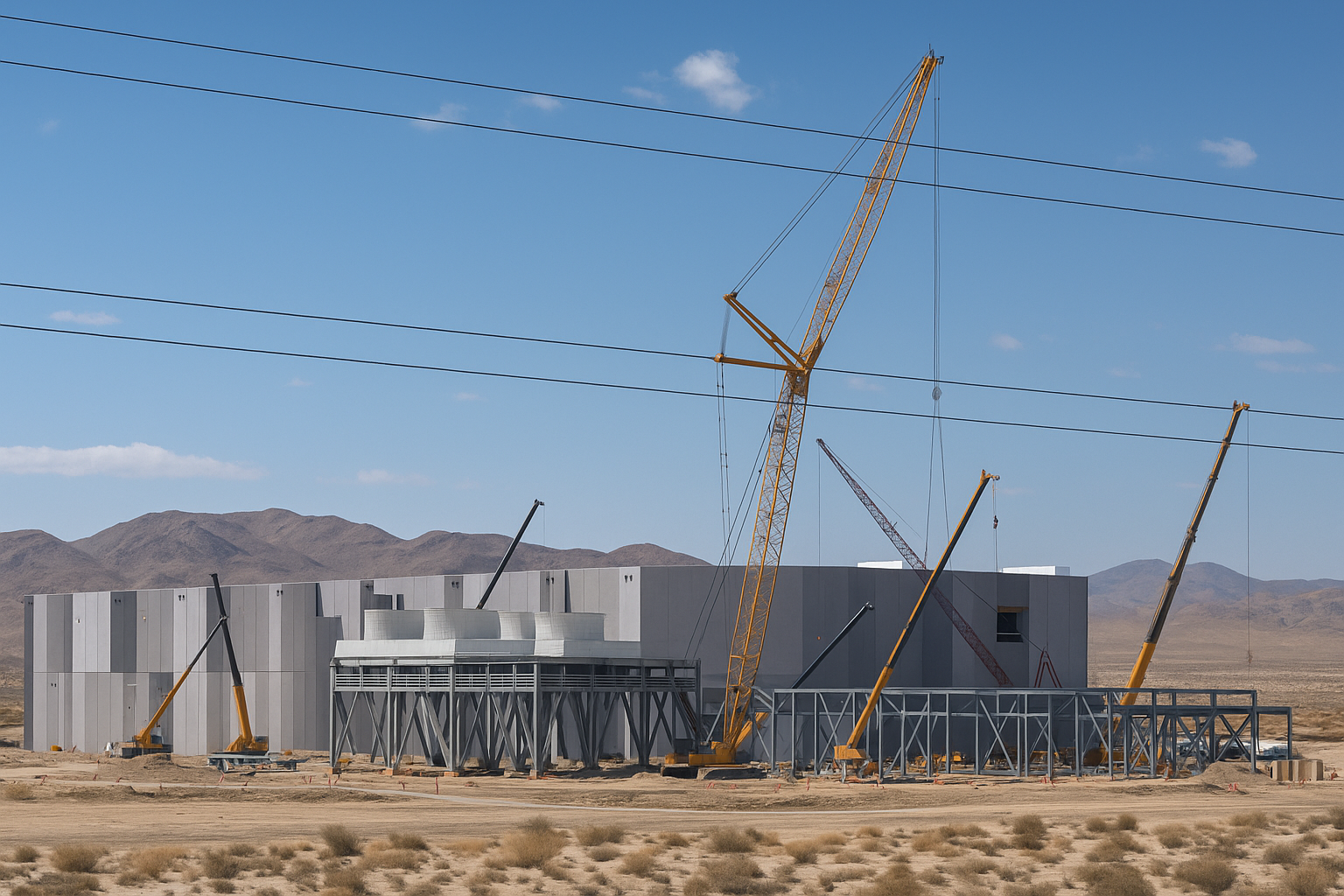In data center construction, one of the most common scheduling challenges is oversimplifying the integration of mechanical, electrical, and low-voltage controls. These scopes are often shown as single finish activities or broad Gantt chart bars. When that happens, the schedule hides real constraints, distorts float, and removes early warning indicators. MEP and controls directly drive energization and commissioning, so they must be modeled with detailed logic in Primavera P6.
Multi-Stage Work That Drives the Critical Path in Data Centers
Mechanical, electrical, and controls work does not happen in one step. It progresses through procurement, submittals, fabrication, rough-in, equipment placement, device terminations, testing, and final integration. AACE International emphasizes the importance of accurate logic modeling and structure. Key guidance comes from:
-
AACE RP 29R-03 Planning and Schedule Development
-
AACE RP 33R-11 Schedule Summarization
-
AACE RP 49R-06 Contingency and Float Considerations
When schedulers model these sequences correctly, the schedule reflects how work is actually performed in the field and during commissioning.
Data Center Commissioning Requires Logic-Driven Sequencing
Commissioning activities depend on proper installation and testing. Examples include:
-
Generator synchronization
-
UPS load bank testing
-
BAS controls integration
-
Hydronic flushing and TAB verification
-
White space readiness checks
If these steps are not tied to installation activities, the schedule may appear on track even while commissioning is stalled. AACE RP 84R-13 recommends float monitoring and sensitivity analysis to identify and respond to emerging delays.
How Overall Consulting Supports This Process
Overall Consulting has supported General Contractors across California, Oregon, Washington, Arizona, and Nevada with detailed Primavera P6 scheduling for data center projects. We work directly with superintendents, trade partners, and commissioning teams to align logic with actual construction flow. For Owners and Designers, we provide schedule compliance reviews, risk assessments, and reporting that verifies contractual and technical alignment.
This approach enables teams to forecast energization dates more accurately, manage procurement risks effectively, and maintain schedule integrity throughout the design and construction phases.
Building a Predictable and Trustworthy Data Center Schedule
When MEP and controls work are modeled with detailed predecessor logic, the critical path becomes clear and commissioning duration becomes predictable. This enhances planning, mitigates risk, and fosters accountability. The schedule becomes a tool for informed decision-making, rather than a static report.



